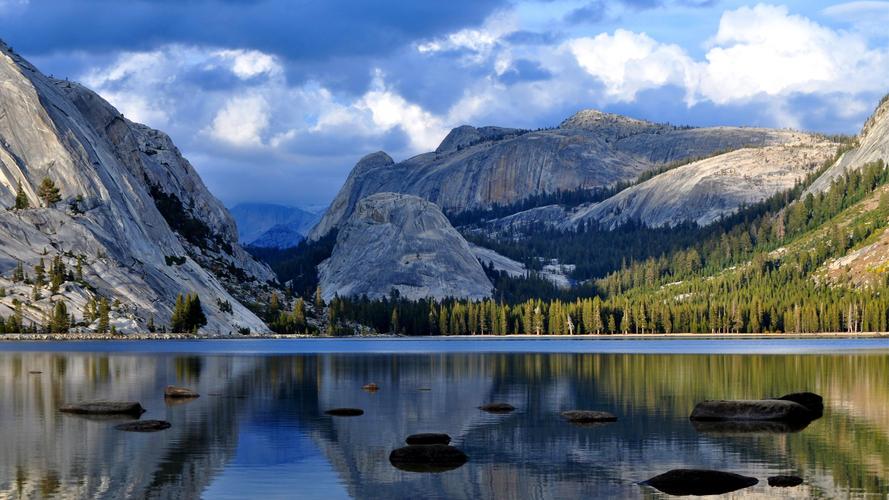The Evolution of Beauty Standards Timeline: How Our Views of Beauty Have Changed Over the Years
Introduction
Beauty standards have drastically changed over the years. What was once considered beautiful in the past is now considered outdated or unappealing. This article will take you through a brief timeline of the evolution of beauty standards to help you understand how our views of beauty have transformed over time.
Early History – Ancient Times
Ancient civilizations had their own unique beauty standards. For instance, in ancient Egypt, beauty meant being voluptuous and having a symmetrical face. Women would use oils and cosmetics to enhance their looks. In ancient Greece, beauty meant having a curvy figure and pale skin. Fair skin was considered a sign of high social status because it showed that a woman didn’t have to work outdoors.
The Middle Ages
During the Middle Ages, plump women were considered beautiful, and pale skin was still highly valued. Women would even consume vinegar or lemon juice to keep their skin looking pale. It was believed that fair skin was a sign of beauty as it showed that a woman didn’t work outdoors, unlike people of lower status.
The Renaissance Era
The Renaissance marked the beginning of a new era for beauty standards. The era celebrated the curvy figure, and women would enhance their looks by wearing corsets to create an hourglass figure. Pale skin was still desired, but the use of cosmetics became more popular and allowed women to have a more rosy complexion.
The 20th Century
In the 20th century, beauty standards continually evolved. In the 1920s, women wanted to look boyish and wear short haircuts, flat chests, and straight silhouettes. In the 1930s, being curvy became popular again, while the 1940s and 1950s celebrated an hourglass figure. In the 1960s, the hippie culture popularized the natural look, and positive body image became more widely accepted.
The 21st Century
In the 21st century, beauty standards continue to evolve. The focus has shifted to individuality, celebrating unique features, and a wide range of body types. The rise of social media has seen a shift to plastic surgery and filters becoming mainstream, adding to the pressure of looking a certain way.
Conclusion
Beauty standards have continued to transform over time, affected by social, cultural, and technological factors. While the standard of beauty might change, the intrinsic value and worth of every individual remain the same. It’s important to celebrate everyone’s beauty, which is unique to them and not just what society views as attractive or appealing.
(Note: Do you have knowledge or insights to share? Unlock new opportunities and expand your reach by joining our authors team. Click Registration to join us and share your expertise with our readers.)
Speech tips:
Please note that any statements involving politics will not be approved.
